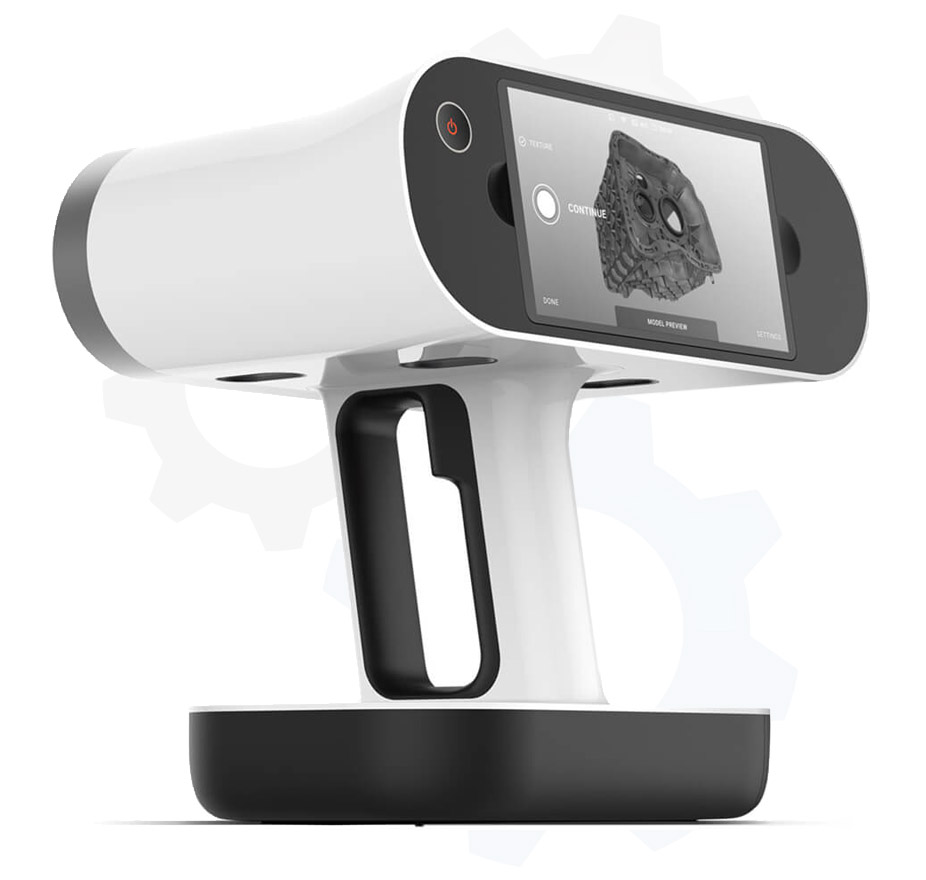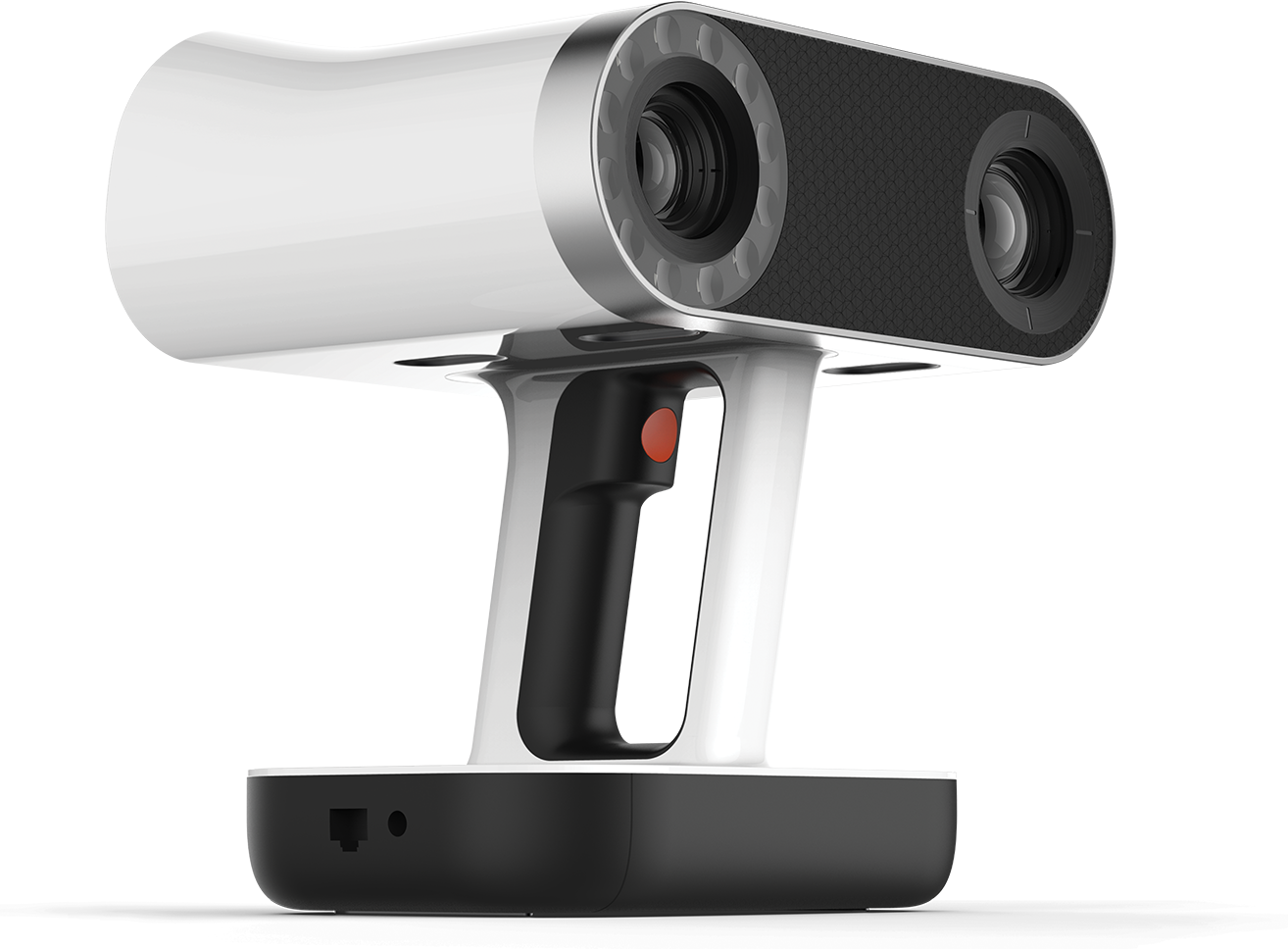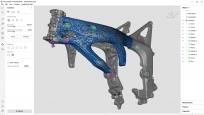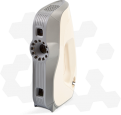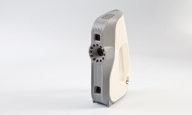Artec Leo
The first 3D scanner to offer onboard automatic processing, Artec Leo can provide the most intuitive workflow, making 3D scanning as easy as taking a video. As you scan your object, see the 3D replica being built in real-time on Leo’s touch panel screen. Rotate the 3D model, check if you have captured all areas, and fill in any parts you may have missed.
Breakthrough 3D scanning speed
The 80 frames per second 3D reconstruction rate makes Artec Leo the fastest professional handheld 3D scanner on the market. Furthermore, with its large field of view, Artec Leo can 3D scan and process even large objects and scenes fast and accurately. And for even greater precision, users can point the scanner closer to the object to pick up intricate detail, just as they would zoom in with a video camera.
A fully mobile scanning experience
Thanks to the powerful embedded processor and the inbuilt battery, Artec Leo gives you true freedom in 3D scanning. With no need to connect to a computer or plug into a mains power source, you can hold Leo in one hand and walk around freely, scanning your object unhampered by any wires or additional equipment. Purchase supplementary battery modules for unlimited 3D scanning on expeditions or in remote areas with no power supply.
Designed for usability
With a built-in battery, touch panel screen, and wireless connectivity, Artec Leo takes handheld 3D scanning to the next level. Have complete freedom of movement when you scan, stream video to a second device via Wi-Fi or Ethernet if an additional display is needed, and upload your data at the touch of a button. Add to these features a carefully balanced, ergonomic design devised to make 3D scanning in one hand easy and comfortable. You have a next-generation professional 3D scanner built with usability in mind.
The smartest 3D scanner on the market
Artec Leo contains state-of-the-art technologies, including the NVIDIA® Jetson™ platform, which is the scanner’s own internal computer, featuring Quad-core ARM® Cortex®-A57 MPCore CPU and NVIDIA Maxwell™ 1 TFLOPS GPU with 256 NVIDIA® CUDA® Cores; a built-in 9 DoF inertial system – accelerometer, gyro and compass – which allows the scanner to understand its position and environment; and a two-in-one optical system designed to spec for the most exact texture to geometry mapping.
Applications
Since the user can capture both expansive areas and fine detail, Artec Leo can be used for scanning a range of objects, from small mechanical parts to the human body, cars, boats, or crime scenes. As with all Artec 3D scanners, the applications are far-reaching, including industrial manufacture and quality control, healthcare, forensics, VR, and e-commerce. Furthermore, Artec Leo’s new wireless functionality and internal processor allow for many integration possibilities, making it even easier to streamline your application, regardless of the industry.
Cutting-edge 3D software
Artec Leo uses two powerful 3D programs, the latest in Artec’s proprietary 3D algorithms. With its simple touchscreen interface, Artec Leo scanning software is preinstalled on the device for scanning and onboard real-time processing. Once you have finished scanning, the data should be transferred to the industry-acclaimed Artec Studio for editing, complex processing, and analysis.
More Information
Science, Technology, Engineering & Mathematics
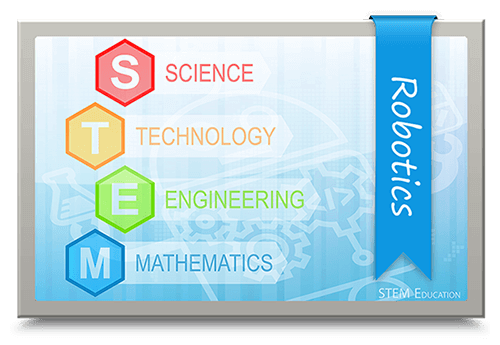
By 2018, the U.S. will have more than 1.2 million unfilled jobs in the areas of science, technology, engineering, and math (STEM) because there will not be enough qualified workers to fill them. STEM is where jobs are today and where the job growth will be in the future.
Through activity-, project-, and problem-based curriculum, our programs give students a chance to apply what they know, identify problems, find unique solutions, and lead their own learning. When students understand how their education is relevant to their lives and future careers, they get excited, and are more successful.
Students gain knowledge and skills in the following STEM areas:
- Engineering design process
- Industry standard 3D modeling software
- Using an engineer’s notebook
- Mechanisms, energy, statics, materials, and kinematics
- Development of residential and commercial properties and structures
- Project research, testing and validation techniques

